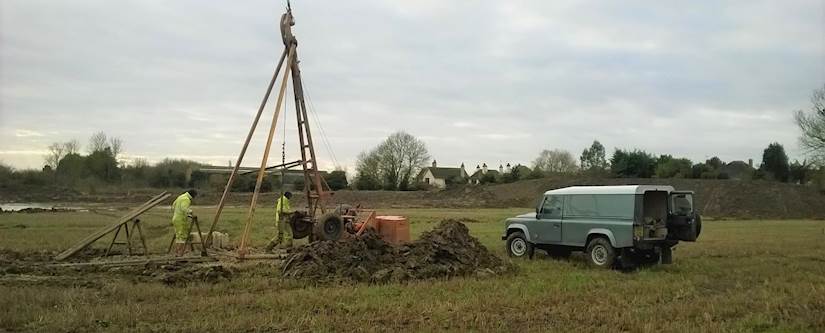
Assessing Environmental Risk from Site Investigation Reports: Some useful tips for when reviewing and pricing from SI reports
One of our recent client seminar sessions focused on “Assessing Environmental Risk from Site Investigation (SI) reports” and the audience seemed to find it pretty useful so we thought we should share the learning in a blog post.
So, when a site investigation (SI) report (a Phase I desk study, Phase II environmental assessment, sometimes these are combined to include both phases as well as geotechnical data so you might have also come across a geo-environmental report – essentially they are all types of site investigation report) lands on your desk the first things you might look at are the summarised conclusions and recommendations.
It’s vital to bear in mind that there are various reasons for getting an environmental SI done and that is directly reflected in the information and conclusions / recommendations you’re presented with when you look at a report. So first off, take a step back to understand what, when and who the report was written for to assess what information is relevant to your project and what might be missing or out of date and also what the report recommendations might be committing you to!
So while this is by no means trying to be an exhaustive list of dos and don’ts, the following are probably the most common tips we pass on:
Some things worth noting in SI reports:
- Focus on the data and take time to understand how the report is relevant to your intended purposes. For example, it might have been an initial site appraisal to understand outline drainage design – which is unlikely to result in definitive account on remedial requirements or material management / waste strategy if you need to reduce levels.
- Identify any missing data. Often there are areas where sampling was not possible such as within existing buildings, and establish whether these data gaps are an issue to you.
- Consider how the ground quality might affect issues potentially beyond the remit of the SI. Say, if the investigation was undertaken looking for a specific type of contamination, it might not cover in depth potential geotechnical issues which may lead to recommendations for piled foundations or soakaways.
- Note the method of ground investigation – were there boreholes or trial pits or both? This is even more relevant in the case of asbestos fragments which could easily be missed using boreholes. Remember that boreholes are essentially pin pricks through a slab, sampled and then a small amount is put through testing at the lab. It might not be adequate for assessing the risks and costs associated with your project if you need to move significant volumes of material.
- Do you know enough to price that waste disposal? Particularly the depth and quality of made ground can have an impact on this. And has WAC testing been done? You can read more about Waste Classification in our previous blog post, simply click here.
- How long ago were the original works undertaken? Make sure to check within the report for these dates, often reports are re-issued. Sometimes things on site have changed significantly since the report was written, make sure to take that into consideration. Demolition of buildings onsite is a common factor which might lead to the need to investigate under their footprint. Flood risk is also a regular showstopper and there may have been recommendations to raise site levels to negate this.
- Finally, check for any other recommendations that need taking into account such as the need to allow for dust suppression measures or decontamination welfare units which will impact the cost.
If you want us to take a look over and help, we’re generally happy to do so – please give us a call on 01954 710666.